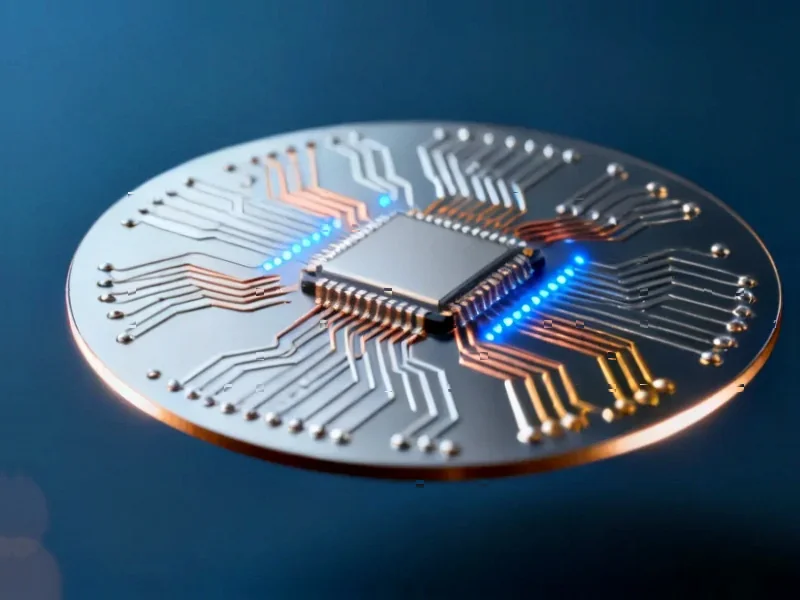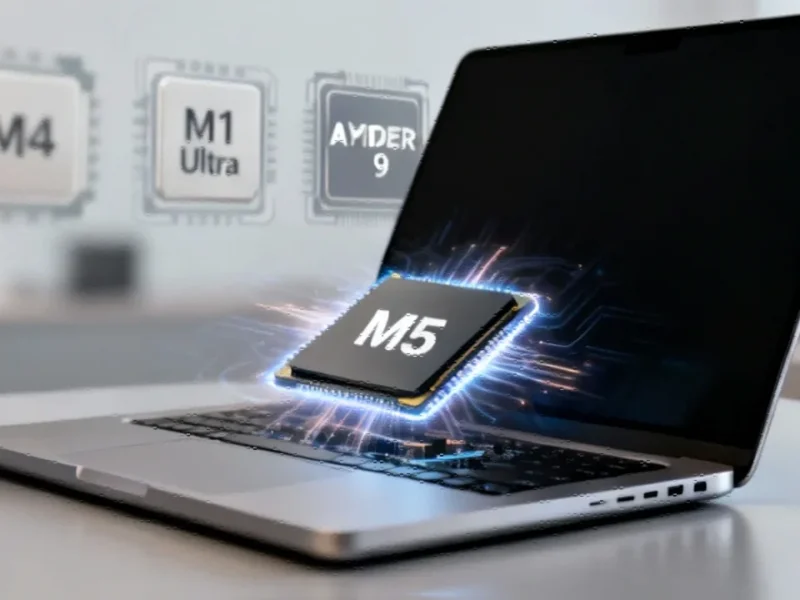Linux Kernel Streamlines Legacy Infrastructure
The Linux kernel development community is moving forward with plans to deprecate the Integrated Services Digital Network (ISDN) subsystem, marking another step in the ongoing evolution of the world’s most widely used open-source operating system. This decision reflects the natural lifecycle of technology, where legacy systems make way for modern alternatives that better serve contemporary computing needs.
Table of Contents
ISDN, once a revolutionary telecommunications standard in the 1990s and early 2000s, has seen its relevance diminish significantly with the widespread adoption of broadband internet, VoIP services, and cellular data networks. The subsystem’s proposed orphan status indicates that while the code will remain in the kernel for now, it will no longer receive active maintenance from dedicated developers.
New Hardware Support Bolsters Enterprise Capabilities
While legacy systems face deprecation, Linux 6.18 introduces robust support for cutting-edge hardware technologies. The inclusion of AMD-Pensando’s Ionic RDMA driver represents a significant enhancement for high-performance computing and data center environments. Remote Direct Memory Access technology enables direct memory access between systems without involving either operating system’s CPU, dramatically reducing latency and improving throughput for demanding workloads.
The newly added driver support specifically benefits distributed computing applications, including large-scale database systems, financial trading platforms, and scientific computing clusters where microseconds matter. This implementation demonstrates Linux’s continued commitment to serving enterprise and industrial computing markets where performance and efficiency are paramount.
Intel IPU E2000 Integration Advances Smart Infrastructure
Complementing the RDMA enhancements, Linux 6.18 also incorporates support for Intel’s Infrastructure Processing Unit (IPU) E2000 hardware. These specialized processors represent a fundamental shift in data center architecture, enabling more efficient resource utilization through hardware-level workload isolation and acceleration., as covered previously
Infrastructure Processing Units are designed to offload infrastructure tasks from main CPUs, allowing cloud providers and enterprise data centers to achieve better performance per watt while maintaining strong security boundaries between tenants. The Linux kernel’s integration of IPU support ensures that open-source solutions remain competitive in the rapidly evolving landscape of cloud computing and edge infrastructure.
Industry Implications and Migration Considerations
For industrial computing professionals, these kernel developments carry significant implications:
- Legacy System Planning: Organizations still using ISDN technology should begin migration strategies to modern communication protocols
- Performance Optimization: The new RDMA capabilities offer opportunities to enhance data-intensive applications
- Infrastructure Modernization: IPU support enables more efficient data center designs with improved resource isolation
- Future-Proofing Investments: Kernel developments signal where industrial computing infrastructure should focus for long-term viability
The simultaneous deprecation of legacy systems and addition of cutting-edge hardware support demonstrates the Linux kernel’s balanced approach to evolution. This strategy ensures that the operating system remains both backward-compatible where necessary while aggressively pursuing innovations that drive industrial computing forward.
Open Source Development Momentum
These developments highlight the continuous improvement process that has made Linux the backbone of modern computing infrastructure. From embedded systems to supercomputers, the kernel’s ability to shed obsolete technologies while embracing new paradigms ensures its continued relevance across industrial applications.
As Michael Larabel, a respected voice in Linux hardware journalism, has documented through extensive coverage of kernel developments, this evolutionary approach has served the ecosystem well. His reporting at Phoronix provides valuable insights into how these technical decisions translate to real-world performance and capability improvements.
The Linux kernel’s ongoing refinement serves as a model for sustainable software evolution, demonstrating how open-source projects can maintain stability while continuously adapting to changing technological landscapes and user requirements.
Related Articles You May Find Interesting
- Diatoms Deploy Genetic Duplication Strategy to Combat Ocean Warming
- New Imaging Technique Reveals How Brain Cell Activity Shapes Molecular Machinery
- Breakthrough Nanofluid Study Reveals Enhanced Thermal Management Using Carbon Na
- Unlocking Cas13’s Potential: How RNA Structure Shapes CRISPR Diagnostics and Spe
- Vision Restoration and Metabolic Limits: Breakthroughs in Health Science Unveile
References
This article aggregates information from publicly available sources. All trademarks and copyrights belong to their respective owners.
Note: Featured image is for illustrative purposes only and does not represent any specific product, service, or entity mentioned in this article.



